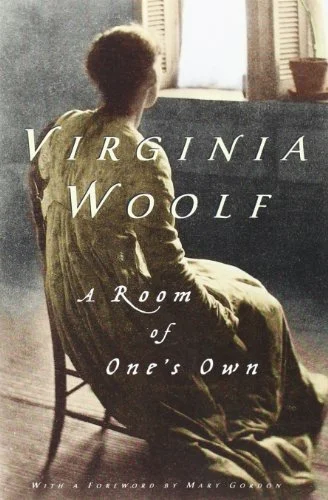Reader’s Corner: A Room of One’s Own by Virginia Woolf
But she lives; for great poets do not die; they are continuing presences; they need only the opportunity to walk among us in the flesh. This opportunity, as I think, it is now coming within your power to give her. For my belief is that if we live another century or so—I am talking of the common life which is the real life and not of the little separate lives which we live as individuals—and have five hundred a year each of us and rooms of our own; if we have the habit of freedom and the courage to write exactly what we think; if we escape a little from the common sitting–room and see human beings not always in their relation to each other but in relation to reality; and the sky, too, and the trees or whatever it may be in themselves […] then the opportunity will come and the dead poet who was Shakespeare’s sister will put on the body which she has so often laid down.
— Virginia Woolf, A Room of One’s Own
“A woman must have money and a room of her own if she is to write fiction.”
Such is the idea introduced in Virginia Woolf’s A Room of One’s Own, an essay based on two lectures she delivered on women and fiction. With brilliant and vivid prose and softly cynical commentaries, A Room of One’s Own lays out the many social obstacles and lack of free expression that women faced, and still face today.
The essay is delivered through an unnamed narrator, a woman who wanders through a town contemplating the unsolved problems of women and fiction. Observing the scenic journey she takes, the narrator weaves metaphors for the reins that prevent free female fiction from taking full form. These restraints balance Woolf’s personal experiences, growing up in a family which disdained female education, a similarly misogynistic society, and altogether a life where women such as herself still had to struggle to gain their voices.
Woolf’s vibrant and picturesque writing is unique in its ability to create an immersive and near-transcendental narrative with an irresistible voice. Reflecting her intellectual and artistic progression, the essay is instantly enrapturing, and despite its incisive address of female social roles and customs, maintains its aesthetic and stylistic prowess. A Room of One’s Own remains an indispensable feminist work as well as an irresistible work of literature.
